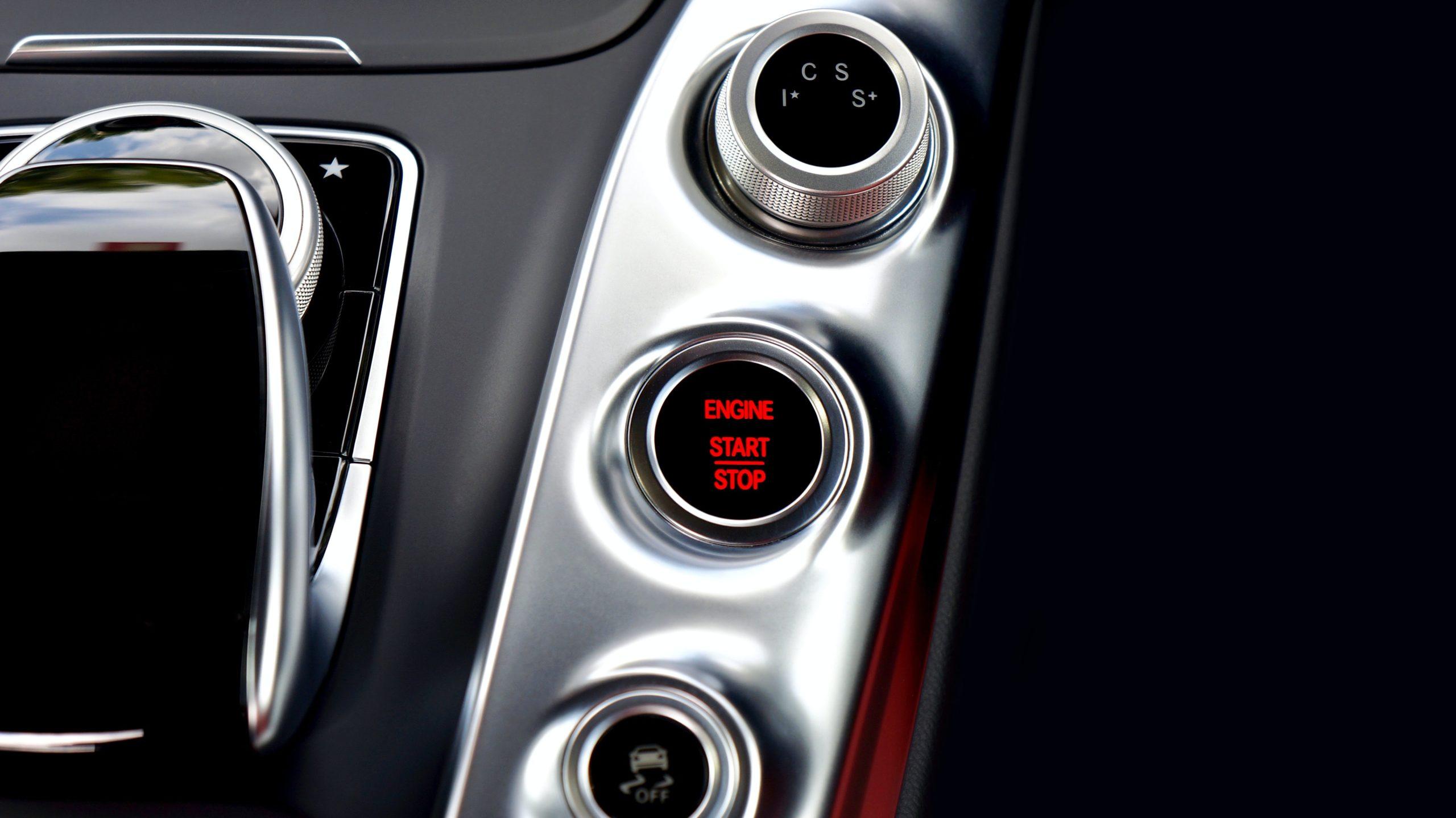Maryland Updates Ignition Interlock Law with Camera Requirements

In an effort to reduce impaired driving, states have increased the penalties associated with DWI convictions. One of the consequences of a conviction that many states have implemented involves mandatory use of ignition interlock devices. Some jurisdictions are now adding additional stipulations when it comes to the installation and use of these devices.
Maryland has followed this trend by updating the ignition interlock device law. Passed into law in 2019, House Bill 55 was one of the first bills in the nation to require the use of cameras with ignition interlock devices. Under these changes, ignition interlock devices must include cameras that are able to capture still photos of the device in use. Keep reading to learn more about how Maryland updated ignition interlock laws with camera requirements.
How Does an Interlock Camera Work?
The cameras that must be attached to interlock devices in Maryland do not constantly record what goes on inside a motor vehicle. In fact, these devices are not required to include the ability to capture video at all. Instead, the device must automatically capture still images.
Even then, these cameras are only required to capture images when a breath test takes place. This means that each time a driver blows into the ignition interlock device, the camera attached to the device will snap a picture of the driver. These images are stored in case a question arises about whether someone submitted a breath sample on behalf of the owner of the vehicle.
Why Add a Camera Requirement?
The statistics suggest that the use of ignition interlock devices reduces the risk of a person who was convicted of DWI driving while impaired again. Despite this positive impact, there have also been cases where drivers have gone to lengths to avoid submitting a sample or even relying on other people to help them trick the device. The introduction of camera requirements is designed to address attempts to circumvent an ignition interlock device.
A camera provides an additional level of certainty beyond the traditional ignition interlock device. It cuts off one of the primary ways that drivers circumvent using these devices as intended. It is not uncommon for intoxicated drivers with ignition interlock devices installed in their vehicle to have someone else provide the breath sample needed to start their vehicle.
The addition of the camera prevents someone other than the driver from providing the breath sample, as they are captured on film when they blow into the device. While this is designed as a deterrent, it also supplies evidence should the driver come under investigation for driving drunk or violating the terms of the ignition interlock device court order.
Each additional requirement related to these devices could have drawbacks, however. Many of these devices require drivers to give breath samples while driving. This distraction could result in a collision with other drivers or with fixed objects like buildings or trees.
Discuss Ignition Interlock Device Requirements with an Attorney
There are many requirements that come with court-ordered ignition interlock devices. However, these are only some of the consequences that can follow a DWI conviction.
A skilled attorney could help you aggressively pursue a defense strategy in your case that helps you avoid these consequences entirely. Contact us to learn more.













